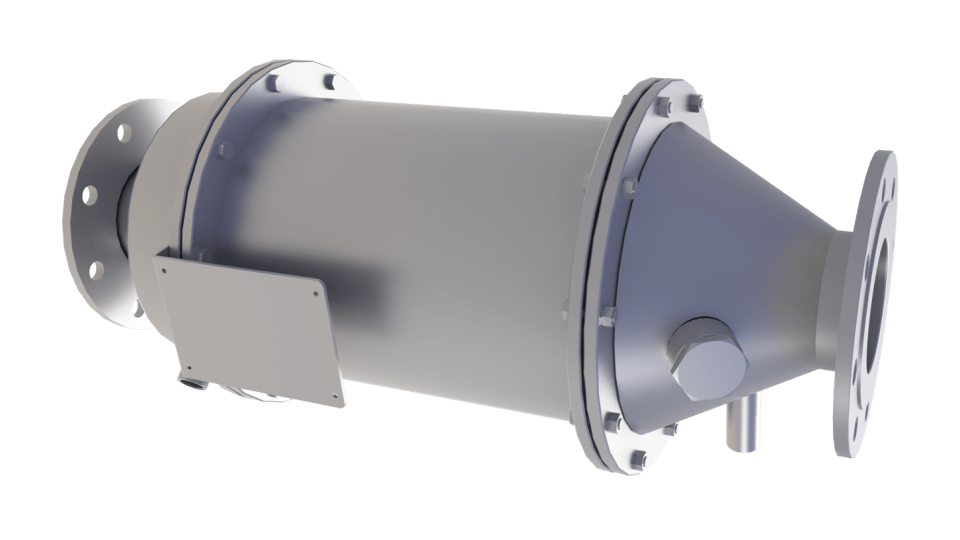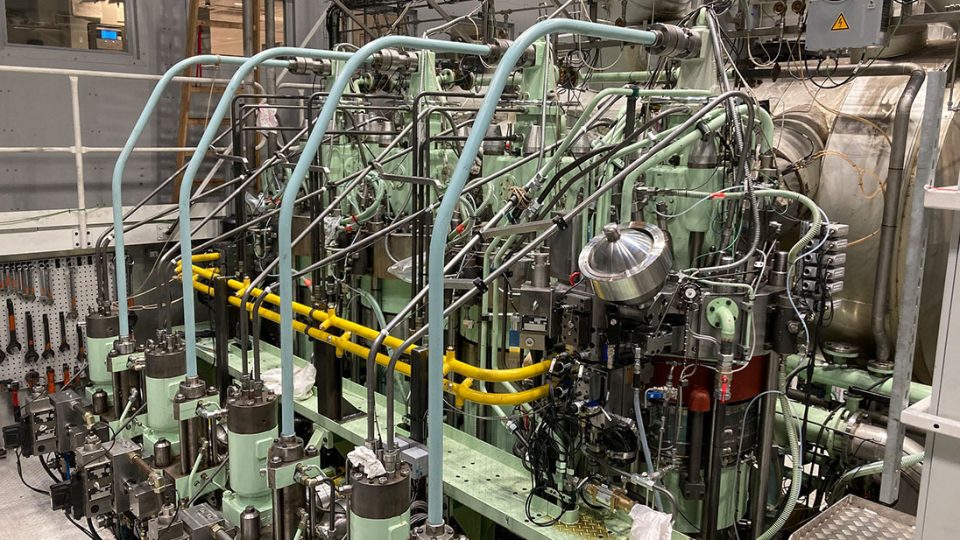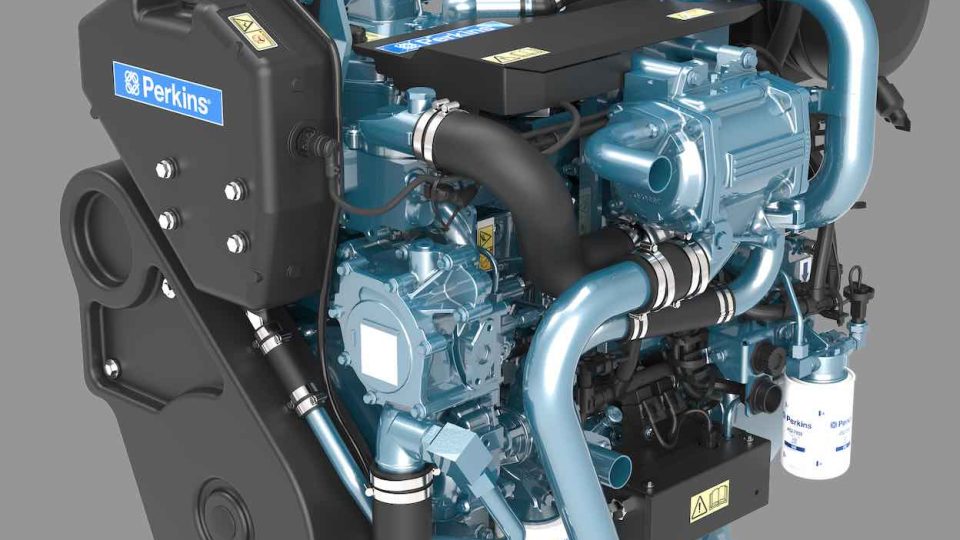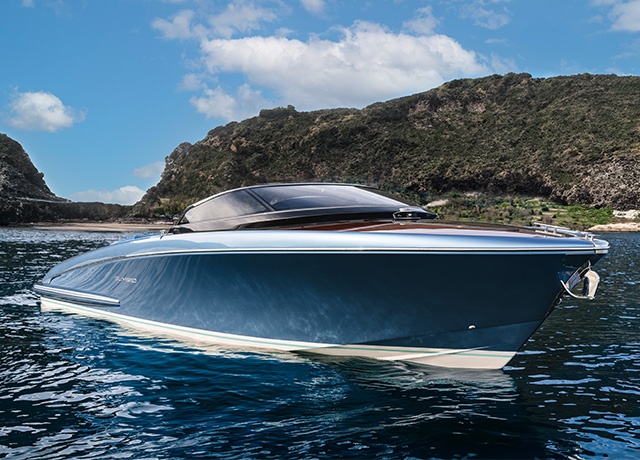Volvo Penta electric sailing
We already talked about the decision by Volvo Penta to bring its “electric project” to the waters of the Cannes Yachting Festival of this year here on Diesel International. Now, we want to take a closer look to what this kind of project is about to better understand the direction that Volvo Penta is taking […]
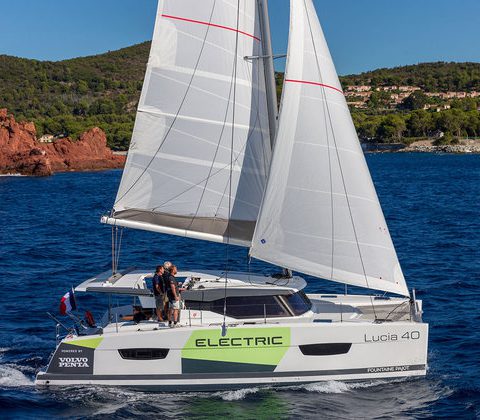
We already talked about the decision by Volvo Penta to bring its “electric project” to the waters of the Cannes Yachting Festival of this year here on Diesel International. Now, we want to take a closer look to what this kind of project is about to better understand the direction that Volvo Penta is taking in terms of bringing electrification to the sea.
The Cannes Yachting Festival was the perfect background for Volvo Penta to unveil a new take on its Saildrive system: an electric Saildrive prototype. A near-soundless, low vibration operation, and with silent mooring initiative that comes from the collaboration with long term boat building partner, Fountaine Pajot. A twin installation of the electric prototype has been fitted to a Lucia 40 catamaran.
VOLVO PENTA AT CANNES YACHTING FESTIVAL
A new ‘electric’ experience
The unveiling of the electric prototype comes with the purpose of answering to the recent increasing interest in emission-free boating and maturing of electromobility technology. More than just the electric propulsion element, Volvo Penta decided to take a ‘full systems’ approach, working closely with Fountaine Pajot to understand customer usage patterns of the complete boat. The electric prototype is based on Fountaine-Pajot’s customer usage database, which helps to define drive cycles for a wide range of user profiles.
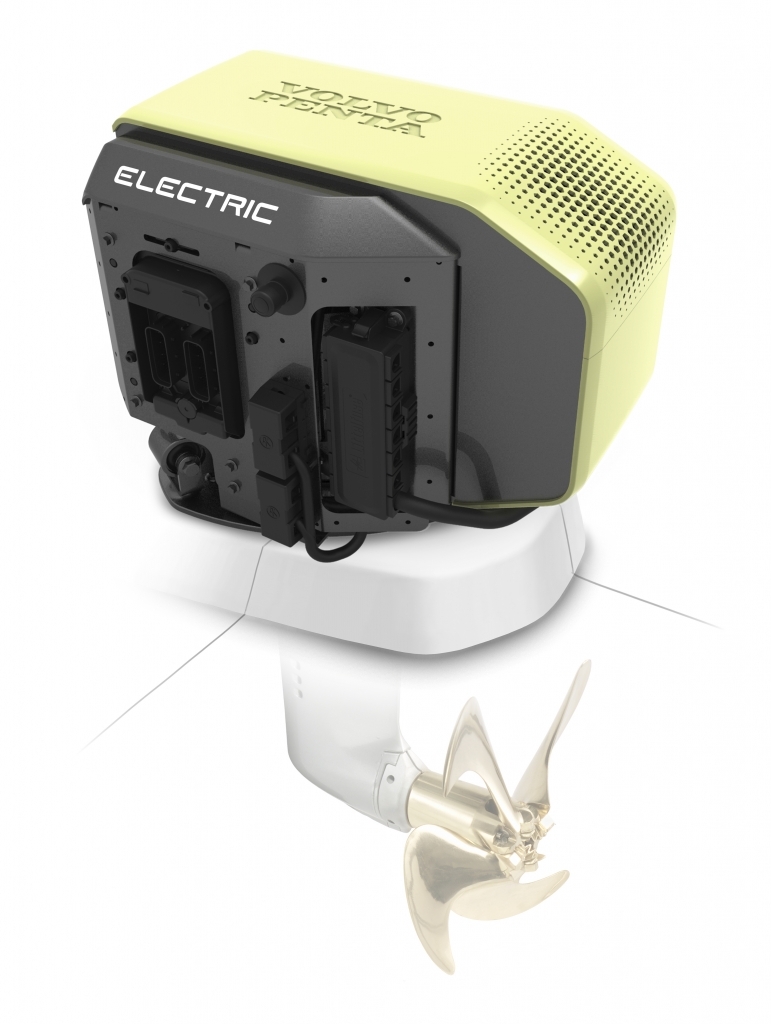
The technology behind the electric Saildrive comes from Volvo Group’s designs for electromobility, so many components are shared. Li-ion battery packs power an electric motor, which in turn drives the Saildrive propeller. The system offers more power and torque at low speeds. The onboard amenities, including air-conditioning, can be powered from the system’s battery packs for up to 12 hours.
Depending on speed and sea conditions, it has a potential for up to four hours/20 nautical miles of zero-emission electric cruising. A typical scenario would be to use the electric Saildrive for maneuvering into-and-out-of harbors, and for powering ‘hotel’ loads (amenities onboard like air conditioning, etc).
A look at the specifications
The Lucia 40 demo boat comes together with quiet mooring up to 12 hours from battery power (so there is no genset running to power air conditioning). In the engine compartment we find the D1-20, with a total output 40 kW (20 kW each). The electric range is approximately 27 NM at 5 knots and 17 NM at 6 knots. The top speed is 8 knots, for max 1 hour. The two gensets generate 7.2 kW each, the batteries instead 2×20 kWh, with a charging time of 3 hours. Volvo Penta’s Electronic Vessel Control System, EVC 2, is included in the package, with a new interface for electric propulsion in the Glass Cockpit System.
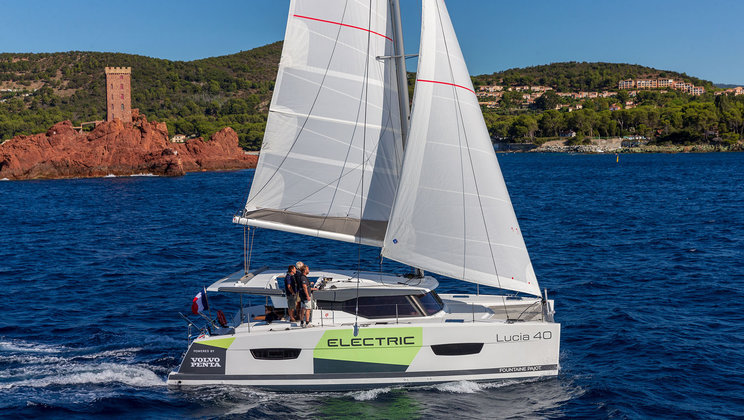
The words of the companies behind the project
Björn Ingemanson, President of Volvo Penta, said: «We are excited to have unveiled the concept at this year’s Cannes Yachting Festival. We are demonstrating the system on the water in a bid to encourage feedback from users and boat builders alike. This is the latest example of Volvo Penta gathering market feedback at early stages of a new technology’s development, in order to challenge our assumptions and refine product characteristics».
Romain Motteau, Deputy CEO, Fountaine Pajot Group, added: «The partnership with Volvo Penta is highlighting the value and desirability of electromobility to our customer base. Cruising with no noise is an incredible experience, and it’s impressive to see the power that this motor can release at slow speeds. We expect our customers to be excited about what they saw in Cannes and the potential it will one day bring to their sailing experience».



